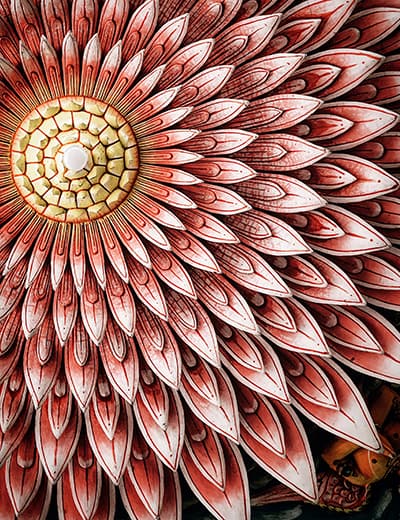
NARRATIVES
THE TOY TRAIN IN THE MOUNTAINS
South India
We took the toy train in Coonoor early morning. We were quite grumpy, wondering why we had let our travel representative, Joseph, a Tamilian, convince us to go on what we decided would be a silly tourist trap, a train that was to take five hours to cover 46 kilometres. Joseph had reserved first class tickets; we sat comfortably in one of the last carriages with large windows and, by then, had accepted our fate. John took out his book and buried his head in it while I kept gazing at the landscape following imaginary stories, lulled by the movement of the train.
Soon enough we came to our first halt; the steam engine needed water and we were drawn out of our seats by the infectious enthusiasm of our fellow travellers, most of them Indians, who stepped out to take photographs. Back on the train, the motherly lady sitting next to us took out her provisions of idlis and vadas, the local snacks, that she had wrapped in a colourful madras checked handkerchief, and shared them with all of us, insisting that we should have more. She was travelling with her son, her daughter-in-law and their two children who were kept quiet by some video game.
They lived in Chennai and always wanted to take the kids on the toy train. I thought the grown-ups seemed to be the ones who enjoyed it the most. One more stop and we imitated our fellow passengers, getting off at the station to taste a cup of traditional South Indian coffee served with milk and plenty of sugar.


By then, we had started to enjoy the atmosphere and the snail’s pace of the journey, when Joseph began sharing his knowledge. We were on the only heritage train running at the highest elevated place in South India, which went through 16 tunnels and over 250 bridges. It was put into service for the first time in 1899. Then, after a split second of hesitation, he decided he could trust us with his own private memories. He told us of the small boy he once was, maybe six or seven-years-old, travelling on the toy train for the first time, alone with his father who was an employee of the great Indian railway company. Every bend the train negotiated, brought back an anecdote, gave us an insight into the powerful bond our companion shared with his father who was no more.
We saw the changing landscape through the eyes of a little boy who felt that every part of the train was his own playground and that his father was the king of that world. The toy train did not only take us to Ooty, but to Joseph’s cherished memories, making this slow journey the most memorable travel for us.



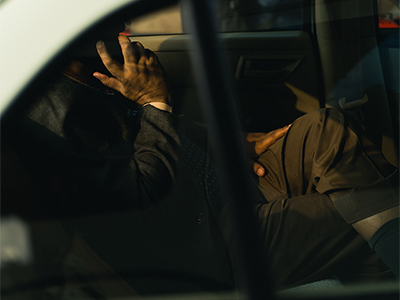
In Between Moments
Caught between beginning and completion, these moments are left to drown without second thoughts in the continuous...
Narrative • UP

Seize the Place
Ahmedabad is white and yellow under winter’s sun, melting houses banally spread beyond her sight. Yet one more sprawling city...
Narrative • West India
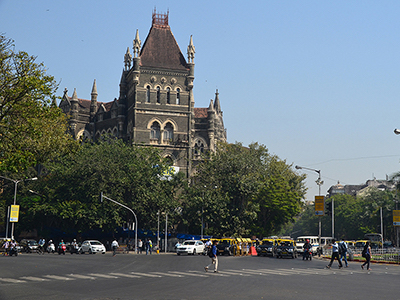
Where Desert Meets the Sea
A classic journey to India's west, sojourning the major cities and towns of Maharashtra and Gujarat...
Bespoke Journey • West India

Light, Lines and Spaces
Delve into our journey with Cereal across Rajasthan and Agra, and discover heritage architecture through the lens of this magazine...
Behind-The-Scenes • North India
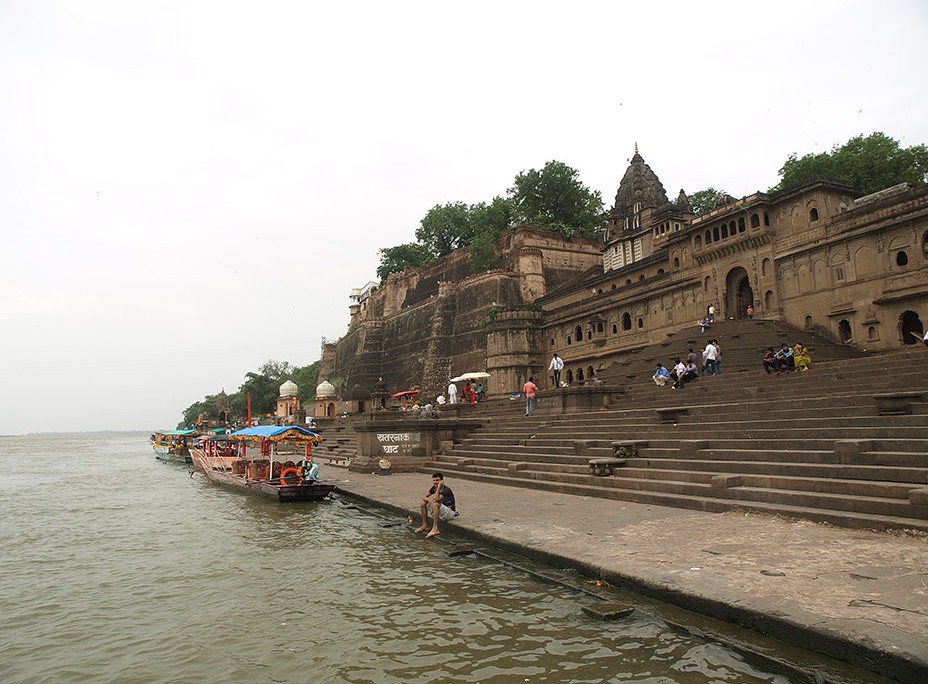
Ahilya Fort
A thing of the books, the Ahilya Fort is a boutique accommodation for the heart that like to delve in...
Hotel Guide • West India
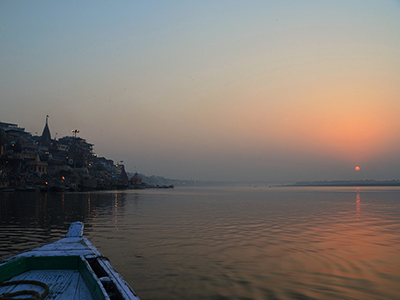
Benaras, and I
Like a predator and her prey. Like lovers in a courtship game. Masters in the art of waiting-dance...

